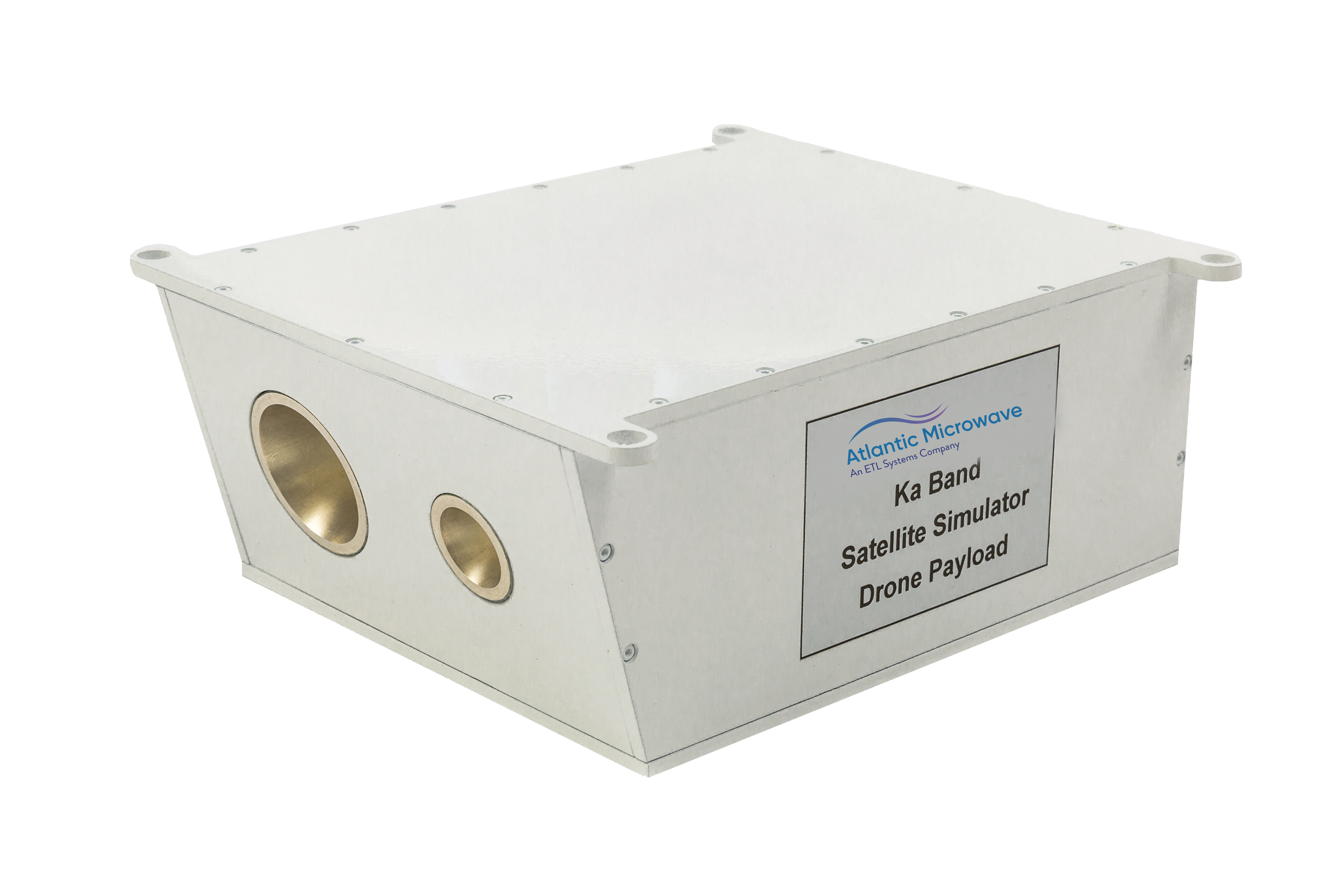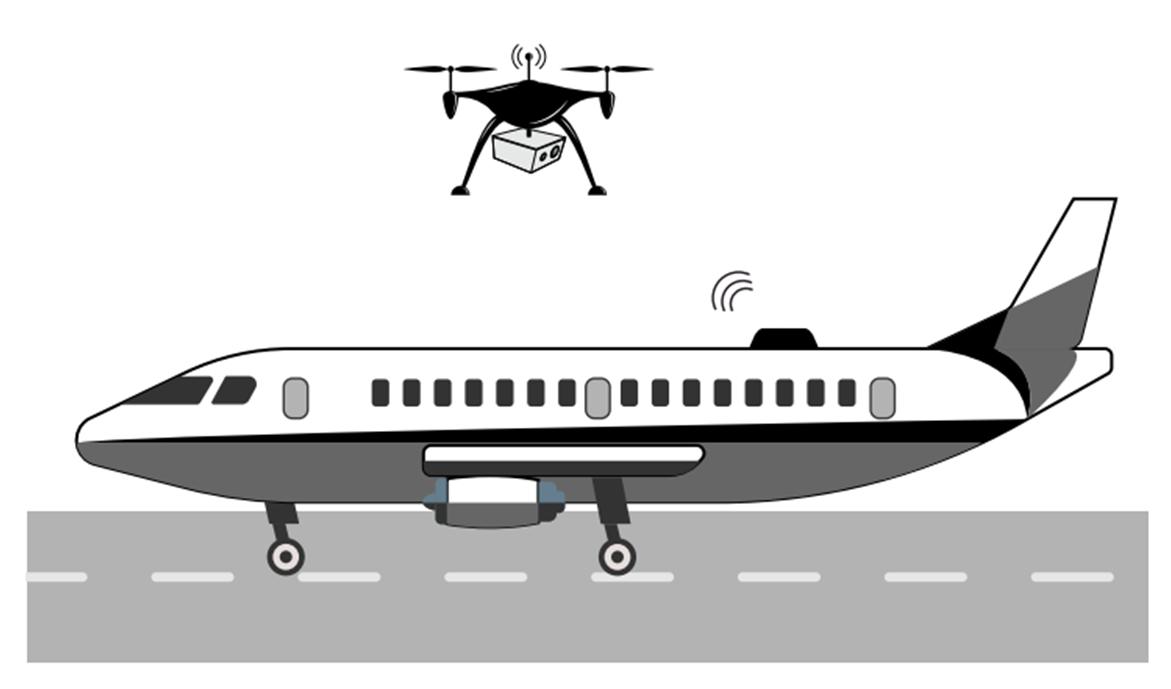
Taylor Pritchett, Sales Manager, Atlantic Microwave
With the rise of satcom-on-the-move, the number of antennas being produced and rushed into use is booming, with testing becoming a very real bottleneck. Today, unmanned air vehicles (UAVs) are changing how testing is carried out for SATCOM systems on cruise ships, planes, trains and other environments in transit - saving substantial costs and time.
I can’t remember the last time I couldn’t gain access to the internet or a satellite service. There aren’t too many countries left in the world now where you can’t switch on your smart device, a TV or laptop and you aren’t instantly connected to the information, news and entertainment you want.
The ability to do this has been driven by the demand for connectivity, which continues to skyrocket, on a personal, consumer and commercial level. And that's not to mention Internet of Things (IOT) which is only going to increase this connectivity, exponentially.
With this demand, the need for SATCOMs has evolved in terms of application and where RF signals need to be transmitted to and received. Ground stations today have changed in meaning because of this. No longer do they just refer to large dishes planted firmly in the earth or in fixed positions, but antennas are found on the move, in ships, aircrafts, automobiles and trains as the demand for connectivity is needed on land, in the sky and offshore.
Cost-efficient testing
In fact according to a report by Research and Markets looking at the ground station equipment market between 2018 and 2022, one of the key driving influencers behind the expected market growth at a compounded annual rate of 7.45%, is the increase in demand for offshore communication. There is a growing need to deploy efficient communication networks for offshore crews and passengers, including tourists on cruise ships.
This means increasing SATCOM systems now involve moving from location A to location B. So RF signals need to be able to transmit consistently to moving objects, which compared with fixed antennas, comes with its obvious challenges.
Like with any SATCOM, the system needs to be tested, calibrated and the performance measured. Yet when we are talking about ships and planes, testing becomes an extremely costly operation.
Traditionally to test uplink and downlink signals to and from huge vessels like cruise ships or passenger jets, they would need to be manouvered out of port or to a hanger where there is little inference, and a transponder can be mounted and pointed at the antenna. A huge amount of costs comes with this, not only the need to transport the plane or ship to a location to test, but you’re also taking it out of action, which costs the business revenue.
Satellite operators are therefore looking for a much more cost-effective, time-efficient and portable way to verify the performance of their antennas - and that’s where Drone Satellite Simulators are transforming SATCOM testing.

Testing in transit
In 2018, Atlantic Microwave launched the maiden flight of the Payload Satellite Simulator on board an eight rotor drone. It was our first ever airborne satellite simulator and the first time we used an unmanned aerial vehicle (UAV) to test RF signals to a fixed parabolic dish.
Testing in transit has become an essential part of testing in the SATCOMS space. As mentioned, multiple industries like maritime and aviation now require RF signals to transfer information - that is often vital to their operation.
At Atlantic Microwave we have been pioneering the development of UAV Satellite Simulators for a number of years. Initially our focus was on developing this capability for airborne connectivity like planes and helicopters but over time the need for off-air testing for SATCOMS for further applications has grown.
With a Drone Satellite Simulator, the payload is fixed to the drone and then it can be flown into position to simulate the uplink and downlink between antenna and satellite. Our first simulation in 2018 took place in Denmark and used frequencies in the Ku-Band but now there is the capability for simulations in Ka-Band, X-Band - particularly for defence and Q-Band operations.
It’s a game changer for ensuring the consistency and quality of performance of RF signals from satellites to moving objects like ships and planes. As mentioned, it significantly reduces costs of testing for such large vessels. It means operators can test the performance of their ground station equipment while for example a cruise ship is on a voyage or when numerous ships are at port, you can simply fly the satellite simulator up and test multiple links all in one session - saving time.
The expected growth in the marketplace for offshore and mobile ground station equipment, means that in time, the demand for UAV satellite simulators will grow too. At Atlantic Microwave there are already a number of units in the field and recently we have worked with a drone manufacturer, which plans to use our Payload Satellite Simulators to run standalone and bent pipe tests on VSATs to test signal, antenna and modem performance.
Naturally as the world becomes more connected through IOT, 5G and the continuing increase in GEO, MEO and LEO satellites - ground station equipment testing will need to be time and cost-effective as ever, as operators look to ensure strong and consistent performance of their SATCOM systems. We believe UAVs are the answer for offshore and in the sky.
To find out more about Atlantic Microwave, at ETL Systems company, visit https://www.atlanticmicrowave.com/.

